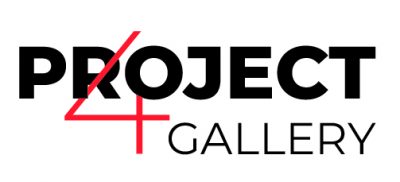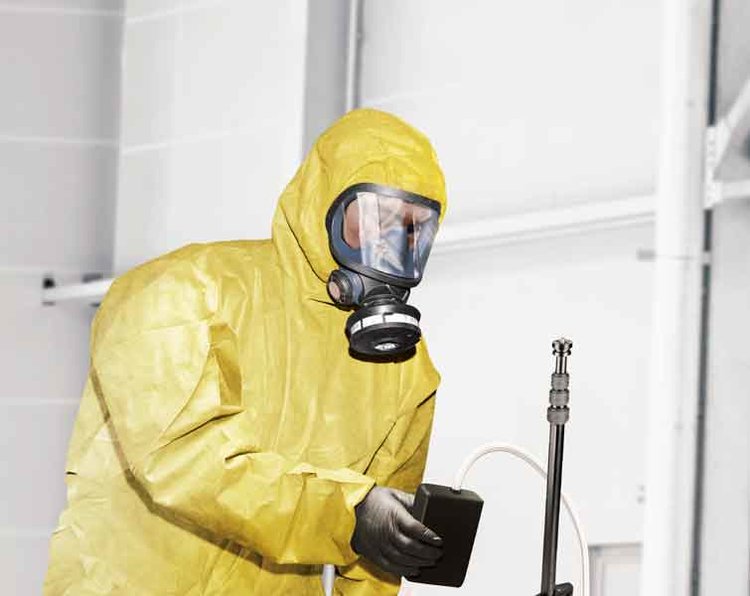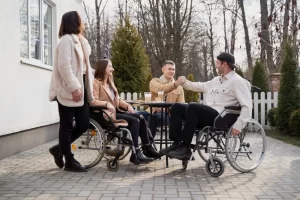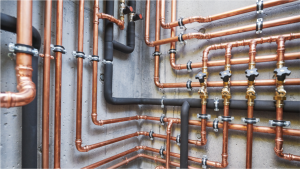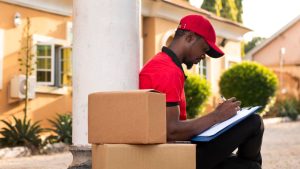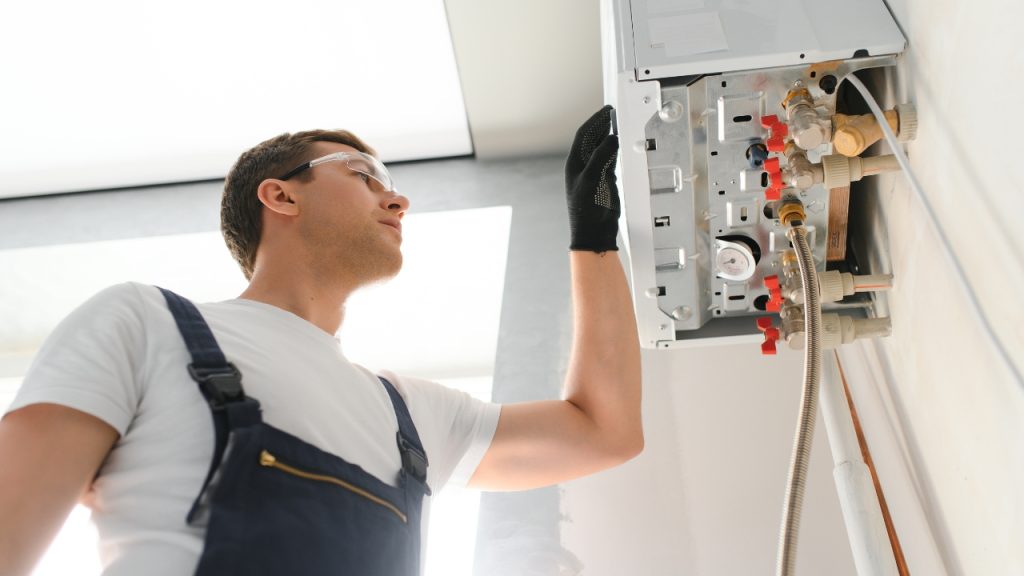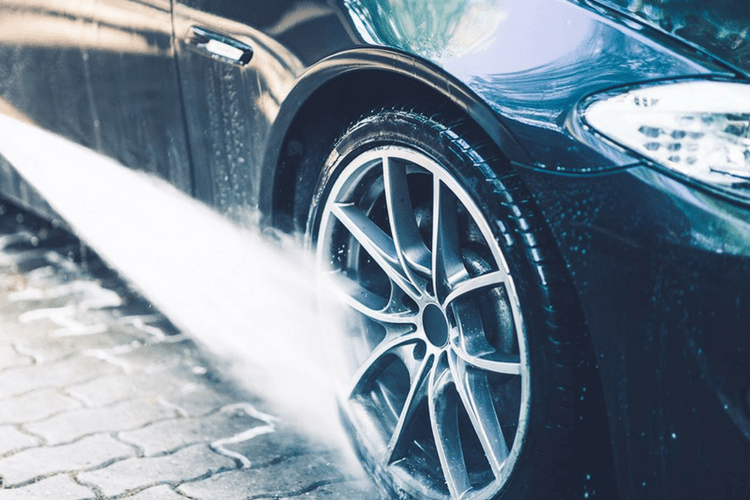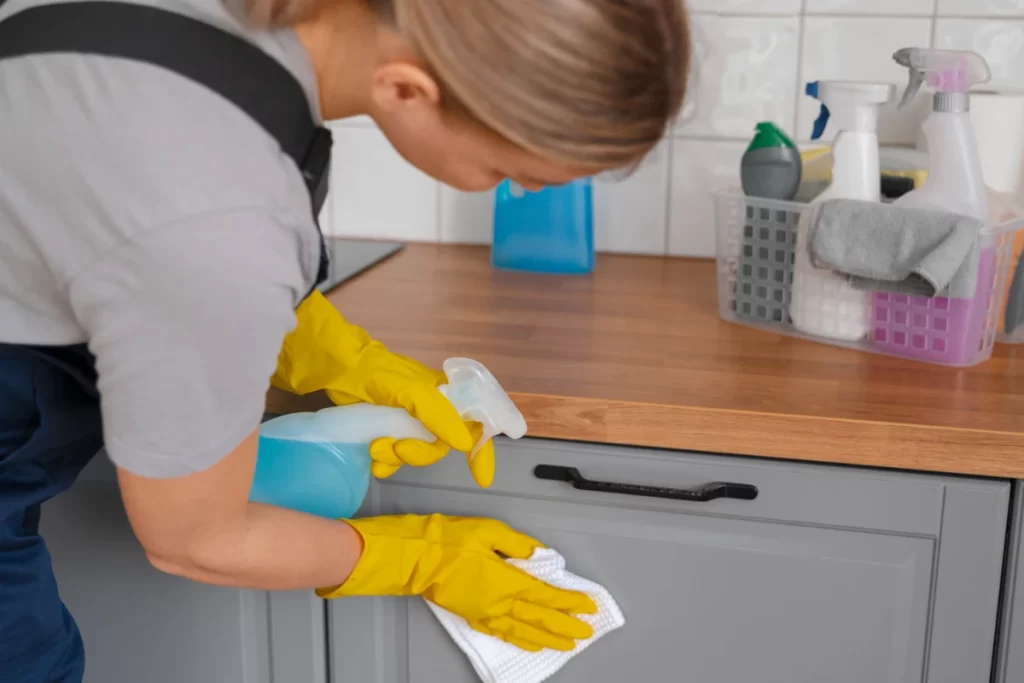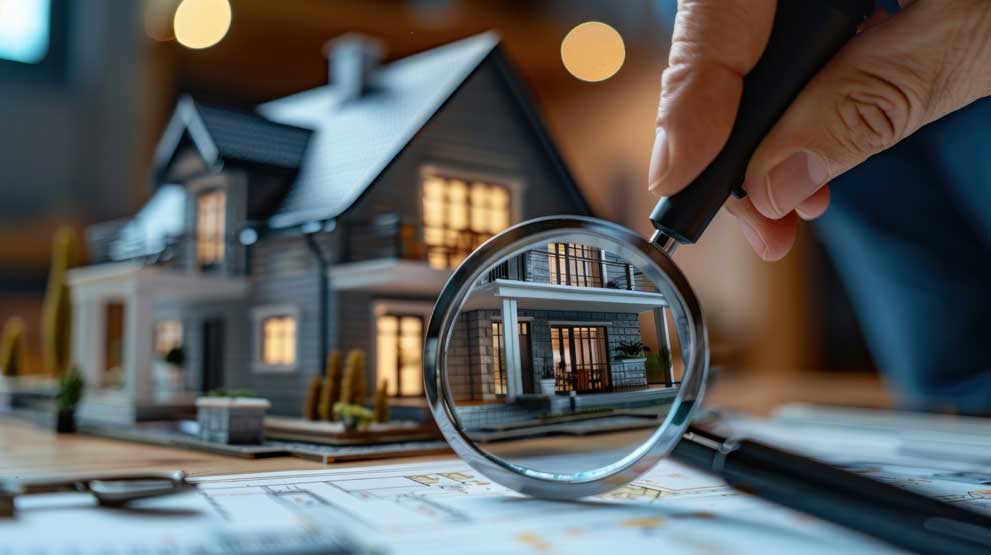Safe disposal of asbestos requires the use of a specific service that is licensed by the Ministry of Health in New Zealand (through the Ministry’s Worksafe New Zealand)
Below is a list of licenses that any building owner may request to see to show that an asbestos removal or assessment is being done by qualified personnel. These regulations can sometimes be criticized as being too strict. The Government is able to rest easy knowing that approximately 170 New Zealand deaths are still being recorded each year as a result asbestos-related diseases.
Although it is not known how many tonnes of asbestos-laced products are still in New Zealand’s infrastructure, such as buildings or underground pipes and tunnels, the volume is safe to say that there are tens of thousands of tonnes. It will take many decades to eradicate asbestos from everyday human life. To ensure compliance with regulations, the Government will need to have detailed guidelines.
WHAT CAN A FULL ASBESTOS SERVICE INCLUDE:
1. To determine where it is located and whether it is safe or not at that time, site sampling and testing are done.
2. To ensure that everyone is protected from asbestos exposure, a long-term plan for managing asbestos should be developed.
3. Experts who are familiar with asbestos removal safely.
WHAT CAN I ASK FOR?
In 2016, the Government issued the Health and Safety (Asbestos) Regulations. These Regulations increased the requirements for asbestos removal company in auckland.
- All aspects of asbestos-related services are thoroughly trained to ensure compliance with all health regulations
- Implementing a system that balances checks, such as practice checks done by inspectors.
- It is a requirement that all class A removalists have safety management systems certified
A “Class A” removal service can:
Any type of asbestos-containing material, regardless of its condition, can be dealt with
A Class B licensed service can:
Any “non friable” asbestos material should be dealt with. This means that the asbestos is not likely to crumble, flakey or become airborne. It can be found in other materials, such as roof tiles or wall boards.
No license is required:
- Within a 10-square-metre radius, the asbestos materials must be removed.
- The material’s asbestos is non-friable, meaning it is unlikely that it will become airborne.
- Ten square metres refers to the total removal. This means that an area of 100 square meters of asbestos material cannot have its entire course removed in a time of ten square metres per day for a period of ten days. This is a service that requires a class B license.
WHAT IS A “ASSESSOR LICENCE?”
To monitor the quality of the air during asbestos removal, an asbestos tester is licensed.
After the asbestos material has been removed, the assessor will make sure that there are no asbestos fibres in the air. This clearance must be permanent during the entire removal process.
An assessor’s license is required for all monitoring of Class A (“friable”) sites.
A clearance certificate can be granted to Class B sites by an “independent competent individual.” This can be either a project manager, or someone from the removal company.
